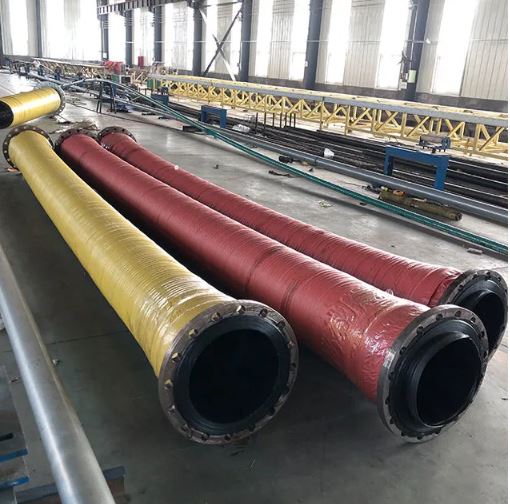Flexible Air Duct Hose Solutions for Efficient Ventilation and Airflow Management Systems
Understanding Air Duct Hoses Essential Components for Efficient HVAC Systems
Air duct hoses play a crucial role in the functionality and efficiency of Heating, Ventilation, and Air Conditioning (HVAC) systems. These flexible conduits are designed to transport air throughout residential and commercial spaces, ensuring that environments remain comfortable and conducive to living and working. Understanding the significance, types, and maintenance of air duct hoses can help homeowners and building managers make informed decisions about their HVAC systems.
At its core, an air duct hose is a flexible tube that facilitates the movement of air from one part of a building to another. Typically made from various materials such as aluminum, fiberglass, or plastic, these hoses are engineered to withstand varying temperatures and pressures. Unlike rigid ductwork, air duct hoses offer the flexibility to navigate around corners and obstacles, making installation more manageable and versatile, especially in complex building layouts.
There are several types of air duct hoses, each suited for specific applications. For instance, flexible ductwork is commonly used in residential settings due to its lightweight nature and ease of installation. Conversely, more rigid systems are often employed in commercial buildings, where larger volumes of air need to be transported efficiently. Additionally, insulated air duct hoses are designed to minimize thermal loss, ensuring that the air being circulated retains its intended temperature, ultimately enhancing energy efficiency.
air duct hose

One of the primary advantages of using air duct hoses is their ability to improve indoor air quality. Properly designed and maintained duct systems facilitate adequate airflow, which is essential for reducing the accumulation of contaminants, allergens, and excess moisture. This is particularly important in areas like kitchens and bathrooms, where humidity levels can rise significantly. Regular maintenance, including cleaning and inspection of air duct hoses, ensures that they remain free from dust, dirt, and mold, contributing to a healthier indoor environment.
Another critical aspect to consider is the energy efficiency of HVAC systems. The design and condition of air duct hoses can greatly impact energy consumption. If the hoses are leaky or poorly insulated, a significant portion of conditioned air can escape, forcing the HVAC system to work harder to maintain desired temperatures. This can result in higher energy bills and increased wear and tear on the system. Conducting regular inspections and using high-quality materials during installation can mitigate these issues and enhance overall efficiency.
When it comes to installation, air duct hoses should be placed strategically to ensure optimal airflow throughout the space. This involves considering the routing of the ductwork, avoiding sharp bends where possible, and ensuring that the hoses are not kinked or crushed, which can impede air flow. Professional installation is often recommended to ensure compliance with local building codes and to maximize system performance.
In conclusion, air duct hoses are integral components of effective HVAC systems, enhancing air distribution, improving indoor air quality, and promoting energy efficiency. By understanding the types, benefits, and maintenance needs of these hoses, homeowners and building managers can make educated choices that positively impact comfort and cost-effectiveness. As HVAC technology continues to evolve, staying informed about the latest developments in air duct hose design and installation methods will ensure that indoor environments remain comfortable, healthy, and energy-efficient for years to come.
-
Top Quality Oxy Acetylene Hoses for Sale Fit for Welding DemandsNewsJul.28,2025
-
The Future of Pneumatic Air Tubes in IndustryNewsJul.28,2025
-
Superior and Reliable LPG Hose Pipe Solutions for Every NeedNewsJul.28,2025
-
Exceptionally Durable and Versatile Premium Braided PVC TubingNewsJul.28,2025
-
Best Adapters for Connecting Garden Hose to PVC Pipe ConnectionsNewsJul.28,2025
-
The Essential Role of LPG Hoses in Safe and Efficient Gas DistributionNewsJul.16,2025














